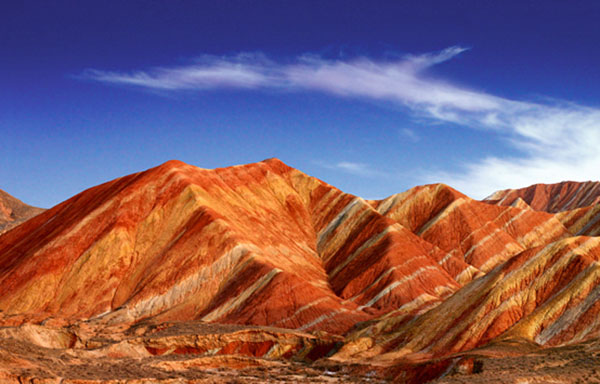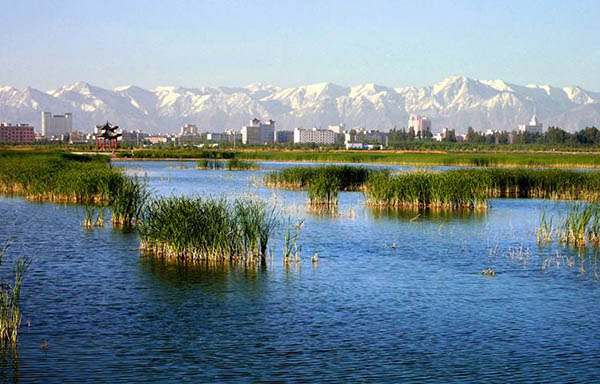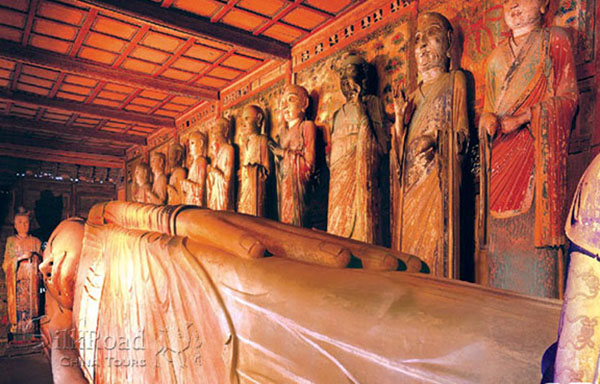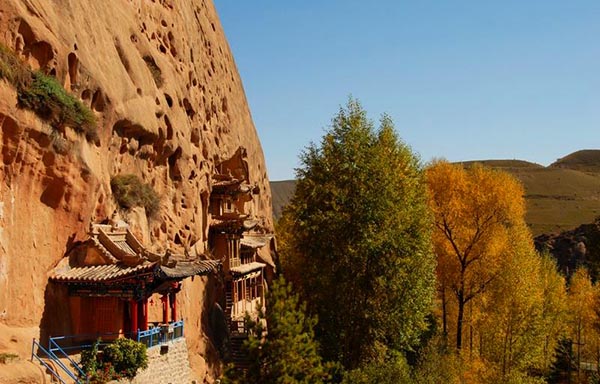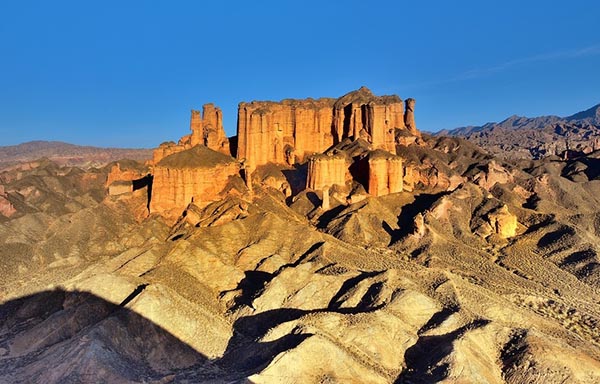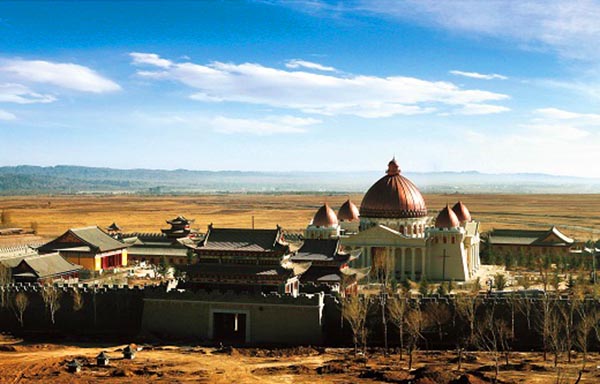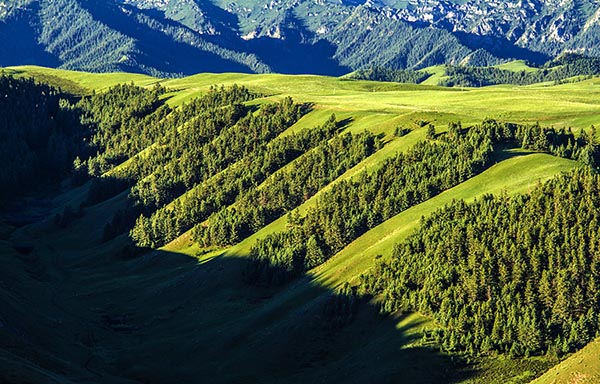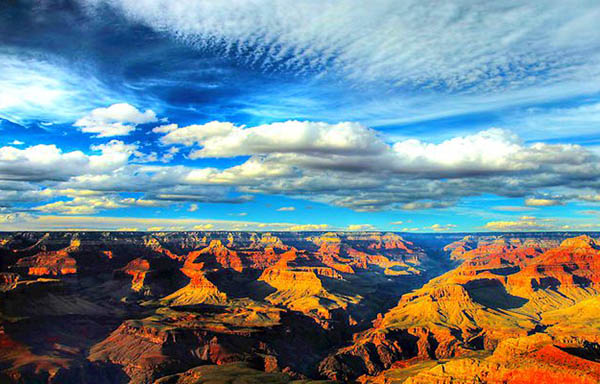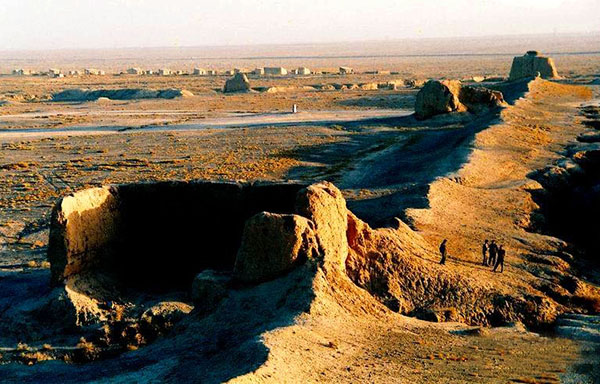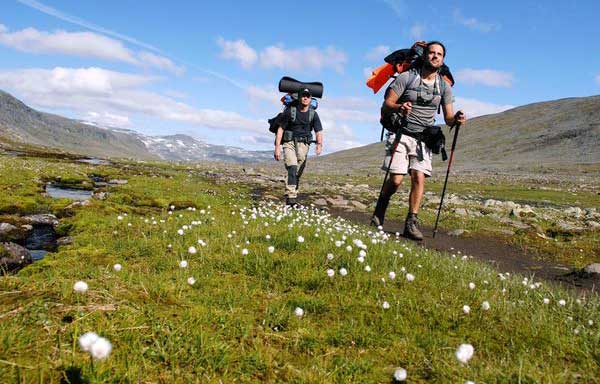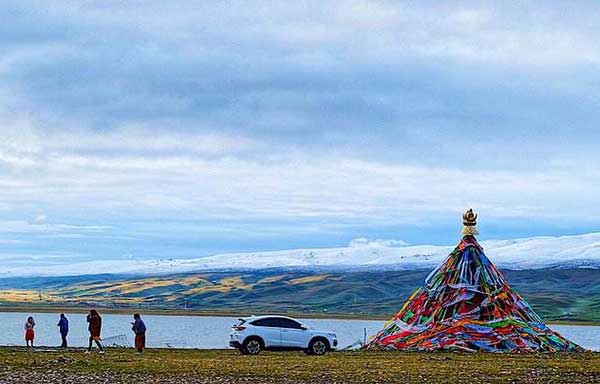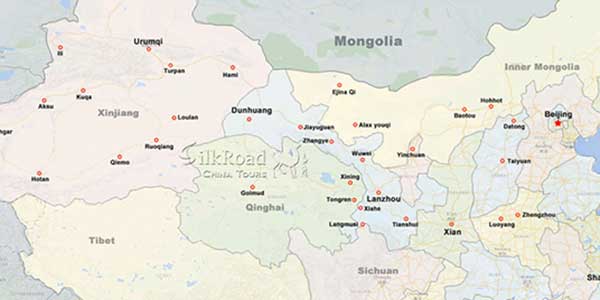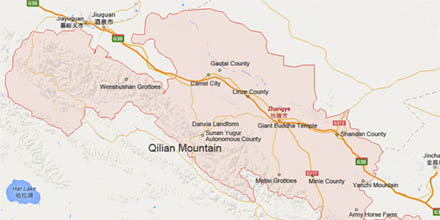 Visitors first have to travel due South West of Town to Sunan Town, which is about 65 kilometers from Zhangye. Not far from there is the location of The Grottoes of the Matisi Temple Complex, which consists of various Temples and the Caves with their Deities and Murals. Set within the beautiful surroundings of the Green foothills of the Qilian Mountains, and along a cool and refreshing river, Mati Si offers a unique and amazing scenery.
Visitors first have to travel due South West of Town to Sunan Town, which is about 65 kilometers from Zhangye. Not far from there is the location of The Grottoes of the Matisi Temple Complex, which consists of various Temples and the Caves with their Deities and Murals. Set within the beautiful surroundings of the Green foothills of the Qilian Mountains, and along a cool and refreshing river, Mati Si offers a unique and amazing scenery.
The Mati Si were described by Marco Polo in his Book "Travels to the Orient" (or Ill Millione). According to the Book: "... abbeys, built after the manner of the country, and in these a multitude of idols, some of which are of wood, and some of clay, covered with gilding. They are carved in masterly style. Among these are some of very large size, and some small. The former are full ten paces in length, and lie in recumbent posture (explanation: the 'reclining Buddha' or nirvana position), the small figures stand besides them, and have the appearance of disciples in reverential salutation. Both great and small are held in extreme veneration. Those person among the idolaters who are devoted (explanation: Buddhist) to the services of religion lead more correct lives ...".
Thus the Mati Si were well developed, active and full of Buddhist Monks and Pilgrims by the time of the 13Th Century.
Located in the foothills of the Qilian Shan the Caves and surrounding Park are quite unique giving plenty of opportunity to hike around and exploring the surrounding trails and paths. Many climb the ridges in the area, providing spectacular overviews of the Grottoes and wider hexi Corridor.
After seeing the Caves, take the rest of the day to hike to the nearby Linsong Pubu (Linsong Waterfall) and the Jianpisi (sword split stone), a peculiar rock formation said to have been cut by a sword. This is roughly a five hour hike taking up your entire day with a worthwhile itinerary with unforgettable views.
The Shengguo Temple, Puguang Temple, Thousand-Buddha Cave (The actual Grottoes), the Golden Pagoda Temple and the Upper-, Middle- and Lower- Caves of the Goddess of Mercy (Guanyin), making up a total of seven Cave Temples including 70 Caves and Shrines.
The Puguang Temple comprises 33 Caves and is the place where the name giving relic of this Buddhist Holy Complex can be found. It is the so-called "Horse Hoof Print", the Treasure of the Temple.
According to the legend, a horse from the heavens (a Bixi, or Chinese Pegasus) once left a mark of its hooves here, and thus the temple got its name. The legendary print of the horse hooves now exists as a Holy Relic inside the Mati Hall (Mati Dian) inside of Puguang Temple, serving as an indispensable treasure of the temple.
The 33 Caves are also known as the 33 Heavenly Caves. 21 of them are arranged in 5 separate levels or floors, together forming the shape of a Dagoba (or Stupa), all according to the Buddhist theory of the organization of the Universe and all things living and reincarnating within.
The Puguang Temple has Buddhist Statues and Caves on the inside as well as on the outside, all of them of peculiar shapes. In total there are 49 Shrines in this part of the
Golden Pagoda Temple, where a mummified body kept in good condition by the dry climate of Gansu that has been decorated in the form of Asparas, is on display.
The mummy turned Art-piece is a unique specimen, not found anywhere else along the long pathways of the ancient Silk Road.
The Grottoes themselves are ancient remnants of the Silk Road. Influenced by Indian, Tibetan and Han Chinese styles they represent a unique window into the past, a bygone era of transition of Faith and Art along an everflowing highway between major civilizations. Unfortunately, most have been heavily damaged in history, with a wave of vandalism destroying much of the Art during the Muslim Uprisings that plagued the Region during the 19Th and 20Th Century. Others were robbed or vandalized by Foreign travelers on the Silk Road (Read More: Islam in China during the Ching Dynasty).
Browse around the many levels, climbing walkways and enjoying the pine forest and interconnecting walkways between the various caves an Temples. In between of sightseeing the Caves one can enjoy the spectacular scenery of the Qilian Shan Range with its radiant snow-white tops. It is not hard to imagine why this site was chosen as the special and auspicious location for a extensive and important Temple Complex.
Gallery
Attractions in the area
Related Tours
General Information
Alias: Horse Hoof Temple
Loc: 70 km from Zhangye
Entrance: 74 RMB
Open Time: 08:00~18:00
Relevant blogs
-
How did the name of Tianshui in Gansu come about?
The name Tianshui is very pleasant to the ear, and it reminds one of that exquisitely beautiful verse, "After getting drunk, one doesn't know if the sky is in
-
The 8th Silk Road Hotel Festival was successfully held i
On December 27th, the "8th Silk Road Hotel Festival" grandly opened at the Yujing International Hotel in Zhangye. This hotel festival gathered industry experts,
-
The Karez Irrigation System in Turpan has been selected
On September 3rd, at the 75th Executive Council Meeting of the International Commission on Irrigation and Drainage held in Sydney, Australia, the 2024 (11th bat
-
What is the connection between "dragons" and "snakes
In traditional Chinese culture, the snake has a dual identity of auspiciousness and danger. Ancient people believed that the snake not only possesses divine cha
-
Endangered Przewalski's Horses Spotted at Dunhuang Yume
<p>In early February, a group of special "visitors"—the Przewalski's horses—appeared at the Dunhuang Yumen Pass scenic area in Gansu Province, a U
-
The Fourth Dunhuang Cultural Tourism Supplier Conference
On the morning of February 18th, the Fourth Dunhuang Cultural Tourism Supplier Conference in Northwest China commenced at the Dunhuang International Convention






